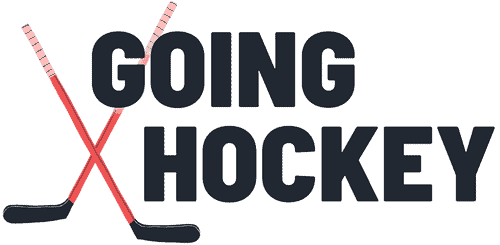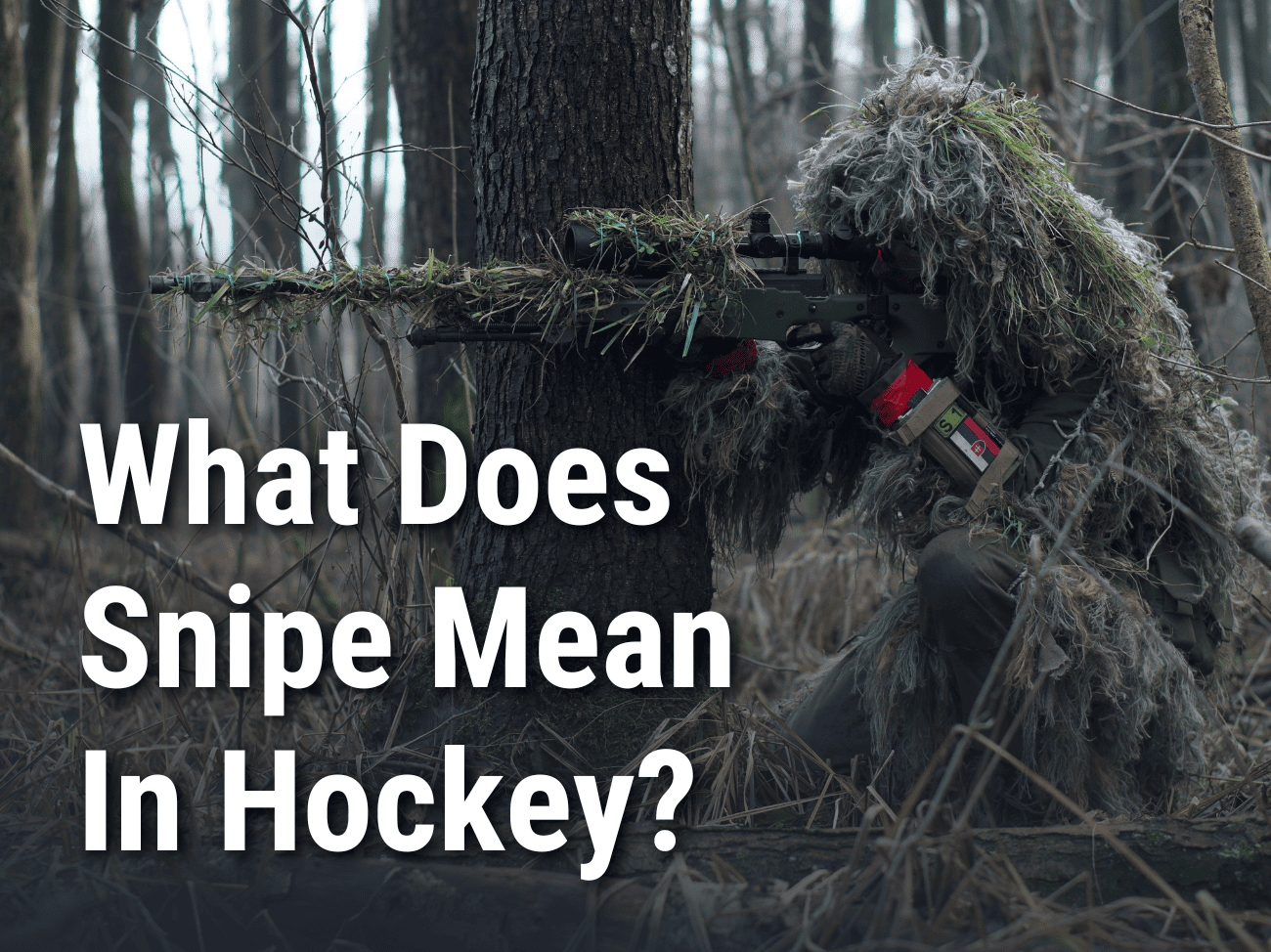In the electrifying world of ice hockey, where speed, skill, and precision collide, a unique lexicon has emerged, weaving a tapestry of colorful slang that resonates deeply with players and fans alike.
Among these colloquial terms that echo through hockey arenas and locker rooms, there is one phrase that encapsulates the very essence of goal-scoring brilliance: “snipe.”
What is a snipe in hockey?
A “snipe” in hockey refers to a highly accurate and skillful shot that results in a goal.
Table of Contents
ToggleWhat Does Snipe Mean In Hockey?
In hockey, the term “snipe” is used as a slang or colloquial expression to describe a particularly skilled and accurate shot that results in a goal being scored.
When a player “snipes” a goal, it means they have shot the puck with great precision and placed it in a small and usually well-guarded part of the net, often just under the crossbar or in one of the corners.
A “snipe” is often associated with a quick and skillful wrist shot or snapshot that catches the goaltender by surprise due to its speed and accuracy. It implies that the shooter found a small “sniper’s spot” in the net, where the goalie had little chance to make a save due to the precise placement of the shot.
Players who are known for their ability to “snipe” goals are often considered highly talented scorers and are admired for their accuracy and shooting skills. “Sniping” is a testament to a player’s offensive prowess and their ability to capitalize on scoring opportunities.
The term “snipe” is also used as a verb, as in “he sniped it top corner” or “she sniped it past the goalie.” It is a popular and enthusiastic way for fans and players to describe a particularly impressive and well-executed goal.
What Does Nip Mean In Hockey
Nip is an abbreviation of the term “snipe” – they both mean the same thing.
The word “nip,” however, is used less often and is mostly confined to players. It’s pretty rare that an announcer, fan, or even coach, would use the word “nip” to describe a shot.
Players will sometimes use the term ironically and sometimes seriously. Here are some examples:
- I’m gonna nip this top cheese.
- Did you see? He nipped it shortside.
- Holy nipsky budd.
What Does Short Side Mean In Hockey?
In hockey, shooting “short side” (also known as “going short side”) refers to a specific shooting strategy where a player aims to shoot the puck into the side of the net that is closer to the shooter, rather than shooting toward the further side of the net, which would be the “far side.”
When a player takes a shot “short side,” they are attempting to surprise the goaltender by quickly releasing the puck towards the part of the net that is less protected and closer to the shooter.
This can be an effective way to score, as the goalie might be caught off guard and have less time to react to the shot.
The short side is the area of the net that is between the goaltender and the post nearest to the shooter. Shooting short side is often more difficult to execute since it requires precise accuracy and quick decision-making.
However, if done correctly, it can be a high-percentage scoring opportunity, especially if the goaltender is not well-positioned or expecting the shot to go in that direction.
What Does Far Side Mean In Hockey?
In hockey, “far side” (also known as “going far side” or “shooting far side”) refers to a shooting strategy where a player aims to shoot the puck into the side of the net that is farthest from their shooting position.
When a player takes a shot “far side,” they are attempting to score by shooting the puck to the side of the net that is opposite to where they are shooting from. This means shooting across the goaltender and into the part of the net that is less visible and potentially more difficult for the goalie to cover.
The decision whether to shoot short-side or far-side is highly circumstantial and ultimately up to the player’s better judgment.
Players, especially skilled goal scorers, are constantly analyzing the goaltender’s positioning and tendencies to determine whether to shoot short side or far side to maximize their chances of scoring a goal. The decision often happens in a split second during the fast-paced nature of a hockey game.
What Does Rip Mean In Hockey?
In hockey, “rip” is a slang term used to describe a hard and powerful shot taken by a player.
When someone says they are “ripping a puck” or that a player has a “ripper,” it means they are shooting the puck with great force and velocity.
A player who can “rip” a puck is known for their ability to generate significant power and speed in their shots, making them a dangerous offensive threat. The term is often used to emphasize the strength, speed, and quickness of the shot, indicating that it was hit with a lot of force.
Players who are capable of “ripping” the puck are highly valued in hockey, as their powerful shots can be challenging for goaltenders to stop. A well-placed and hard shot can beat the goalie before they have time to react, increasing the likelihood of scoring a goal.
In conclusion, the term “rip” is a colloquial expression used by players, fans, and commentators to describe particularly impressive and forceful shots that leave a lasting impact on the game.
What Does Five Hole Mean In Hockey?
In hockey, the “five hole” (also written as “5-hole”) refers to the space between a goaltender’s legs. It is one of the five basic areas where a puck can go through and score a goal against the goalie. The five areas are:
- Top Left
- Top Right
- Bottom Left
- Bottom Right
- Five Hole
The term “five hole” comes from the fact that it is the fifth option among these scoring areas. Scoring through the five hole is often seen as a clever and skillful way to beat the goalie, as it requires precise aiming and timing to shoot the puck through the narrow opening between the goalie’s pads.
Goaltenders are trained to keep their legs closed and use proper positioning to minimize the size of the five hole and make it harder for opponents to score through this area.
However, even the best goaltenders can be beaten through the five hole by skilled shooters who can exploit a momentary opening or catch the goalie off-guard.


Leave a Reply